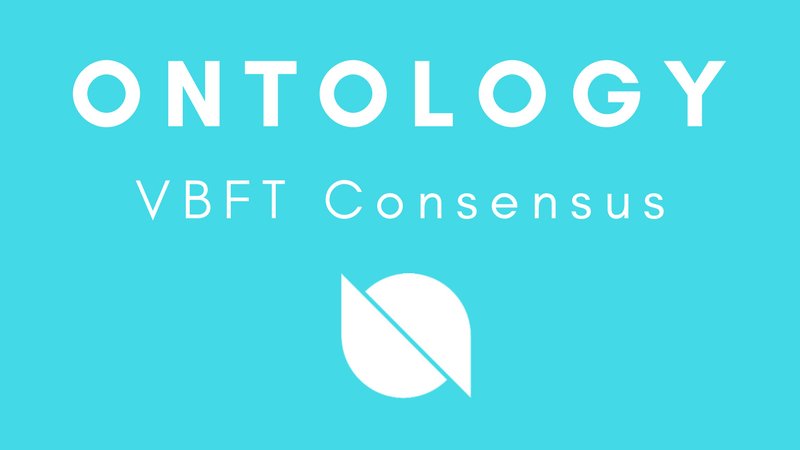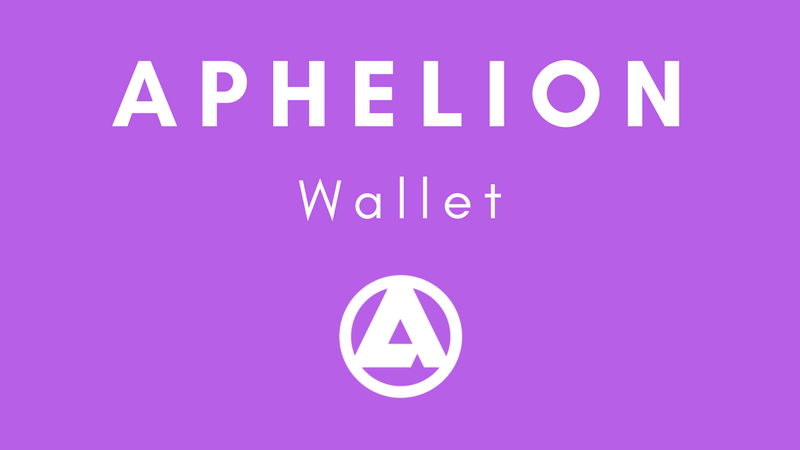
Ontology, a high performance multi-blockchain project, and distributed trust platform, has announced its new consensus mechanism named Verifiable Byzantine Fault Tolerance (VBFT). VBFT is a new consensus algorithm that combines Proof-of-Stake (PoS), VRF (Verifiable Number Function) and Byzantine Fault Tolerance (BFT). VBFT will form the core of the Ontology Consensus Engine (OCE), and will “guarantee the randomness and fairness of the consensus population generation, and ensure that state finality can be reached quickly,” according to Ontology’s announcement.
The new VBFT algorithm is stated to be an “improvement upon the byzantine fault tolerated algorithm from the perspective of verifiable random function.” Ontology also states that due to the randomness introduced by VRF, the proposal, verification, and confirmation of nodes in each consensus round is difficult to predict, thereby “greatly improving” resistance against attacks to its consensus algorithm.
A summary of how the VBFT algorithm works are summarized with the following:
- Proposal nodes will be selected from the consensus network by VRF. Each candidate node will then propose a block;
- Multiple verification nodes are then selected from the consensus network by VRF, and then each verification node gathers blocks from the network, verifies those blocks, and then votes on the highest priority candidate blocks;
- Multiple confirmation nodes from the consensus network are then selected by VRF, and will perform verification on the voting results of the verification nodes, determining consensus. Once the consensus result of the confirmation node is received, a round of consensus confirmations is held and a fresh round of consensus begins.
A summary of how VRF works is also supplied by Ontology, which is due to be released along with VBFT as an open source project on Github. Ontology states that its VRF algorithm “extracts volatile information from the previous block, calculates the hash, and then generates a 1024-bit hash value. This hash value will then be taken as the VRF value of the next block.”
The algorithm then verifies the random value after the previous round of consensus and selects the nodes to join in the new round of consensus in its PoS table. The PoS table includes all PoS information of the node owner and the governance strategy for the entire consensus network.
Ontology also states that as the VRF value generated by one block is verifiable, all nodes will be consistent with the VRF of the same block height if there’s no forking in the network.
A complete description of how the VBFT algorithm works, alongside Ontology’s Consensus Engine, can be read here. VBFT is part of a selection of open-source projects that were released by Ontology on its Github page, March 30th.
For more information on Ontology you can visit any of the below links.







About The Author: Matthew North
Matthew North is a freelance writer and journalist who resides in East Asia. He spends his time writing and learning about financial technologies like the Blockchain and digital currencies. You can follow him on twitter @fintech_matthew.
More posts by Matthew North